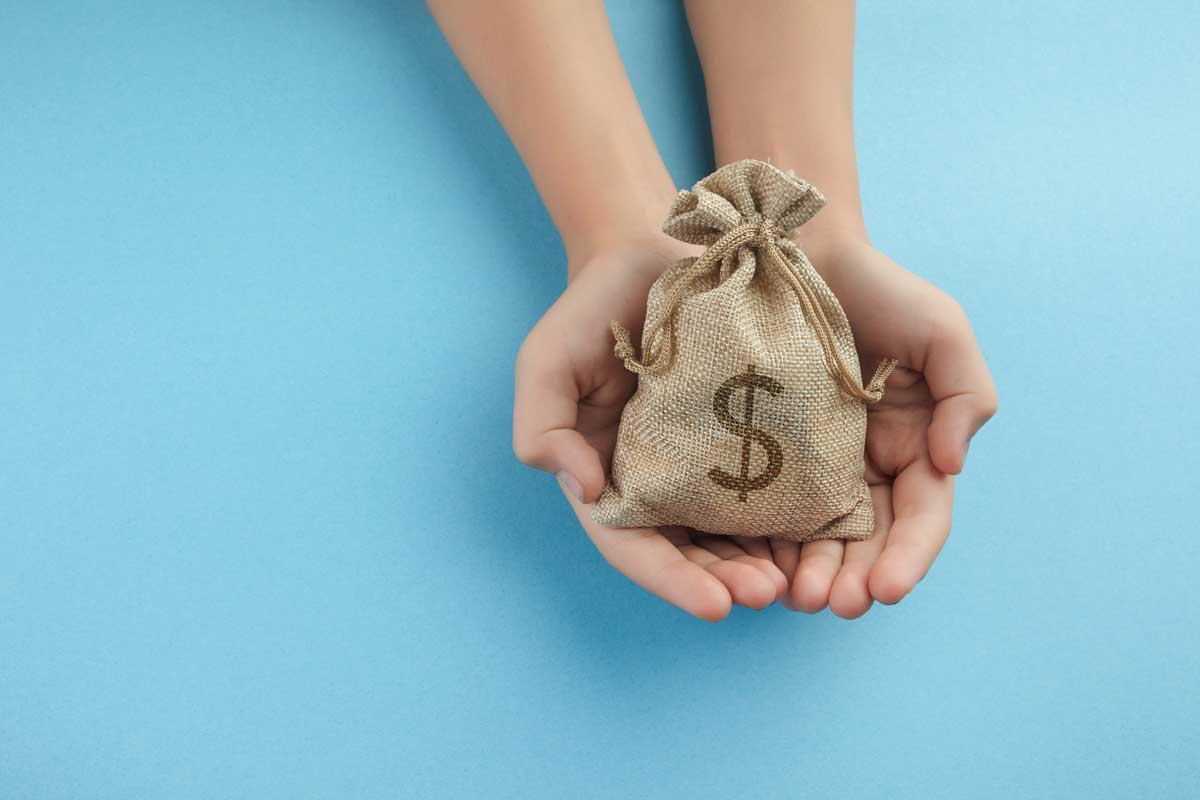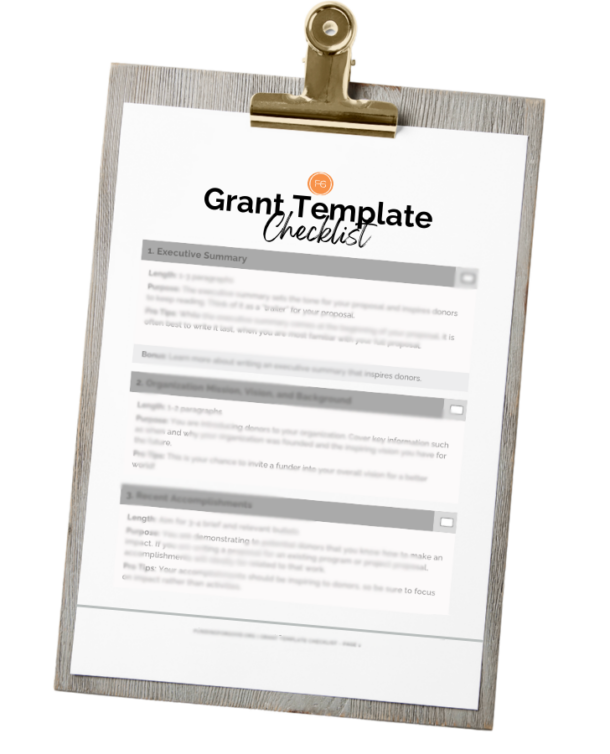With today’s 24-hour news cycle and stream of social media, many of us have become accustomed to preferring the new and exciting over the stable and consistent. But when it comes to your donor communications strategy, consistency is key.
Erratic Communication Undermines Your Donor Strategy
Let’s take a look at one of the top headline-grabbing stories of 2022: Elon Musk’s erratic leadership of Twitter. As a result of Musk’s chaotic and inconsistent behavior, even investors in his other companies, like Tesla, are ready to walk away.
Nonprofits aren’t quite as likely as billionaires to make headlines. Which means the main way donors hear about your work is directly from your organization.
So, what messages are you really sending donors?
Some common missteps Funding for Good has seen are:
- Only communicating with donors when you want money. Donors are people, not piggy banks.
- Failing to emphasize impact. Are you telling your donors only about activities, rather than the collective impact those activities are achieving? If so, you’re selling your organization short.
- Making donor communications your last priority. If keeping donors updated is always your organization’s last priority, trust us, your donors will know it.
Building a Donor Communications Strategy Grounded in Consistency
Every nonprofit we’ve worked with wants to strengthen their donor base. Generally, organizations are aiming to:
- Secure new donors
- Retain current donors
- Increase gifts from current donors
Accomplishing all three at once is a tall order. And it’s worth noting that securing new donors is significantly more expensive than keeping current donors. Which is why we advise organizations focus first on donor retention.
But whether you’re engaging new donors or long-time donors, you still need a solid donor communications strategy in place. Which is where consistency comes in.
Step 1: Document Current Communications Practices
Before you can launch a comprehensive donor communications strategy, you need to make sure the basics are covered:
- How will you contact your donors? Email? Direct mail? Personal outreach?
- Do you have a donor database or contact list? If so, is it regularly updated with accurate information?
- How often are you going to contact your donors? Sending an annual report or grant report simply isn’t enough. Many organizations aim for sending monthly email updates, which may be supplemented with mailed materials and personalized outreach (phone calls, meetings, etc.).
- How will you customize your communications to donor interests or level? Are you tracking which donors are interested in which aspects of your organization’s programming?
Some of these questions can get thorny. For example, many smaller organizations don’t have a donor database or even a contact list. While organizing and updating a contact list can be tedious and time consuming, that should be your very first step. Because ultimately your list will form the foundation of your donor communications.
Step 2: Create a Donor Communications Schedule
Once you’ve answered these questions, you’ll know what you’re working with. Next, you’ll want to set a schedule for the following:
- Regular email updates to all donors. For example, you could send monthly impact reports that demonstrate how your work is having a concrete impact.
- Regular personal touches for top donors. For example, for your largest individual and foundation donors, you might want to reach out personally at least twice per year with more in-depth updates and/or to schedule calls or meetings.
- Mailed print communications, if applicable. For example, if your donor base responds better to mail rather than email, you might send printed membership or supporter newsletters twice per year to round out your email updates and written appeal mailing schedule.
- In-depth wrap-up communications, such as a year-end report or a report at the end of a major campaign. This will be a chance for donors to see the cumulative scope of your organization’s impact. Plus, you’ll remind them of all you accomplished (that they may have forgotten or missed).
Once you have your schedule, you’ll need to make the time to stick to it. Make sure you know:
- Who is maintaining your donor list or database?
- Who is in charge of monitoring the donor communications schedule and making sure deadlines are met?
- Who is drafting written communications (both email and print)?
- Who is approving final communications?
- Who is hitting “send” on email communications? Or who is dealing with the printer and mail house for printed materials?
Level Up Donor Communications with a Strategic Plan
One of the unsung benefits of a strategic plan is its ability to supercharge your donor communications.
- A strategic plan provides built-in metrics to explain your impact goals and report out on progress.
- A strategic plan demonstrates to donors that you’re focused on impact—including making the best use of their contributions.
- A strategic plan can help you renew or increase gifts from current donors by giving them insights into what’s ahead—and how they can be a part of it.
- A strategic plan saves time. For example, if you’re reporting to your board quarterly about your strategic plan progress, you can adapt those same reports to send to donors.
In short, a strategic plan not only provides your organization a roadmap to increase your impact, but it provides the tools your development team needs to keep donors inspired and engaged. Not just once, but day in and day out.
It’s exactly that type of consistent, impact-focused donor communications that will keep your donors connected and eager to contribute.


